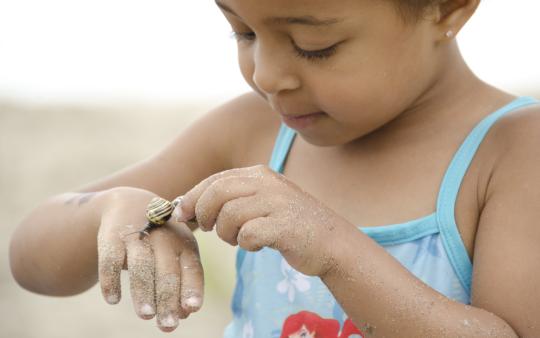This article is a collaborative offering between Natural Curiosity and Take Me Outside, two Canadian environmental education organizations working towards a shared goal of supporting educators and connecting children to the natural world. Through its distinguished four-branch framework for environmental inquiry deepened by an Indigenous lens, Natural Curiosity offers a transformative pedagogical approach and solution for educators seeking to effectively and sensitively integrate inquiry, experiential learning and Indigenous perspectives into a new and better normal that “breathes with the world.” Take Me Outside works collaboratively with other organizations, school boards and individuals to encourage children and youth to spend more time outside through various projects and initiatives, toward a future where spending time outside learning, playing and exploring is a regular and significant part of every student's day.
“All education is environmental education. By what is included or excluded we teach students that they are part of or apart from the natural world.” - David Orr
Since the pandemic's beginning, the world has had to rethink many norms in order to adapt. Hugging family members, socializing with neighbours, gathering together for events - we've been eager to get back to the way things were, and for good reason. But are there some areas where we have had to rethink what might be worth holding onto?
As the world contemplates a shift to a new normal, it appears that “eco-” education is finally getting its day in the sun. Worldwide, the evidence is mounting that being outdoors poses a lower risk for contracting COVID-19, for adults and children alike, potentially increasing everyone’s commitment to spending more time outside. Ample studies have demonstrated that being outdoors is beneficial to physical and mental health, reducing feelings of isolation, increasing vital activity, helping to regulate stress, strengthening the immune system, and forming a lasting bond with nature. For environmentally conscious parents and educators alike, none of this is new.
While outdoor learning seems an obvious antidote to many of the issues we're facing these days, it’s important for eco-parents and educators to rethink some of the norms that have existed within this field of environmental education. Are there areas of knowledge that we haven't considered or missed along the way? What do we need to reconsider to be more inclusive? More Canadians are opening their eyes to stories, perspectives, and voices that have been left out of the predominantly Eurocentric narrative of Canada that has shaped the better part of the last 150 years. It is easy to forget that outdoor education (or eco-parenting) itself is not a new idea; it is strongly aligned with what many Indigenous peoples in Canada and Indigenous nations across the world have believed since time immemorial and continue to practice through living in reciprocity with the natural world (Anderson, Chiarotto & Comay, 2017). The realm of environmentally conscious parenting and education is no exception to this awakening, but as Adam Grant points out in his book Think Again, “In a rapidly changing world, we need to spend as much time rethinking as we do thinking.”
This article provides 5 suggestions for how we as eco-parents and educators, can rethink “sticky” conventional notions that are widely held in the world of environmental education. We invite you to consider the following provocations as an opportunity to reframe environmental learning towards a shared goal of nurturing nature-based connections and reciprocal relationships across Turtle Island (North America) in the spirit of Truth and Reconciliation.
Rethinking Environmental Stewardship
Growing up as an environmentalist in Canada often means that you are passionate about the “great outdoors” and that you express a desire to explore and protect those places. In the first edition of our resource, Natural Curiosity, we described this notion as environmental stewardship, or “human actions that contribute to a sustainable future for humans, animals, and plant species alike” (Chiarotto, 2011). However, the idea of stewardship has been recently critiqued for its protectionist stance that situates humans outside of nature, implying that nature is inferior and subject to human control. The idea of human separateness from nature persists in mainstream media, education systems, and society at large, which primes children to become increasingly alienated and sheltered from wilder experiences and places. How can we, as environmental educators and parents, rethink the implications of stewardship? In the second edition of Natural Curiosity, we moved toward “sustainability”, placing emphasis on a broader set of values and actions that people can aspire to. However, even the popular concept of sustainability is arguably too enmeshed with the goals of “sustainable development”, which relies disproportionately on economic growth. Rethinking environmental stewardship is just part of a greater shift in thought which asserts that solutions to the global climate emergency cannot come from the same system that created the problem in the first place.
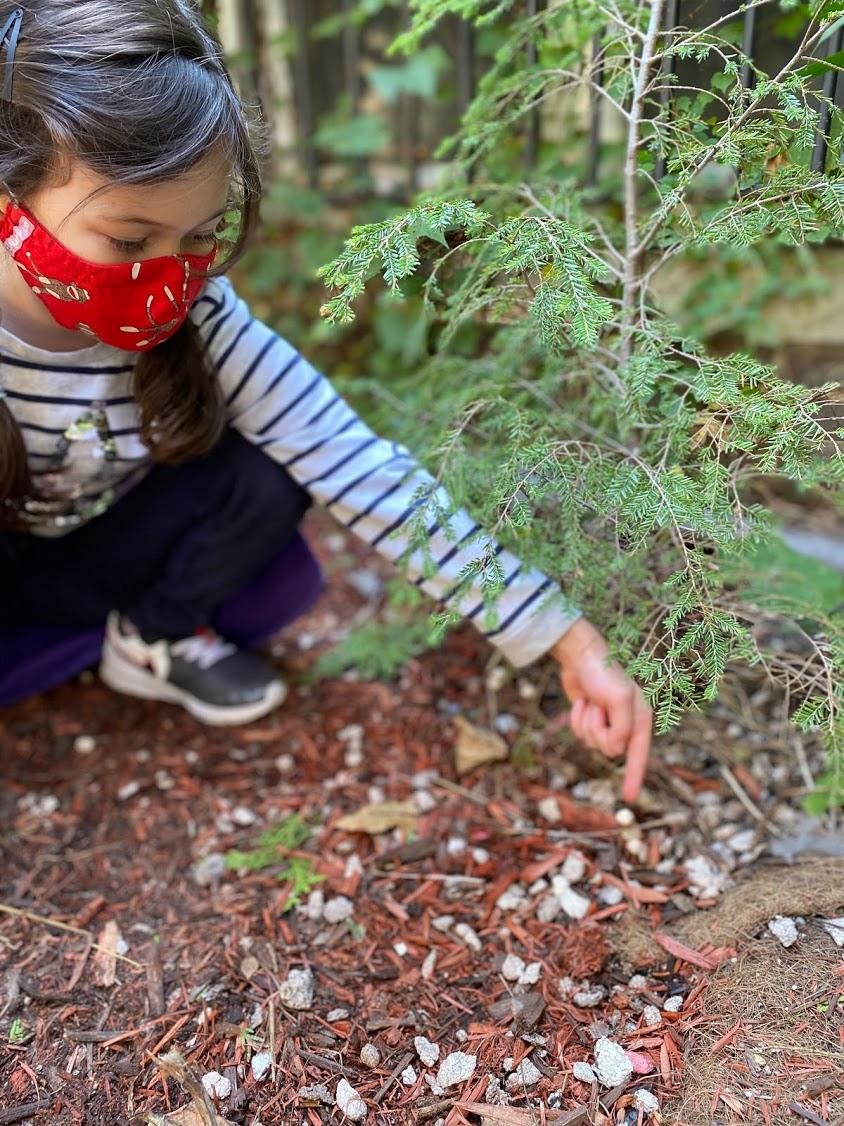
Rethinking Our Need to Protect the Earth
There is a pervasive environmentalist notion that we need to protect the earth from human harm. The principle of reciprocity radically challenges this notion. The work we do at Natural Curiosity looks to this principle, with strong influences from Indigenous wisdom and cultural traditions across Turtle Island, as a more meaningful endpoint for environmental education and justice. Doug Anderson points to reciprocity as a sacred law rather than a cultural tendency. In the fourth chapter of Natural Curiosity 2nd Edition, “Moving Toward Sustainability,” he writes:
Our reciprocal nature is expressed in every second of our lives, in every breath of every creature and plant in Mother Earth, in the dance of water with rock, and in the movement of subtle focus through all things, including how our own thoughts and feelings interact with and affect the world around us. We are responsible to all things around us, not out of superiority to them, but because we are part of them, and cannot be safely disconnected from them. Our lives need to be an expression of this truth… whenever we take something – and we are always taking something – something should be given back. (p.134)
Reciprocity encourages us to re-establish an active relationship with the natural world. As environmentalists, we need to make sure we don’t burden small children (and ourselves) with the impossible task of saving the world. Rather than burdening, we can finally reframe our love for the earth as a series of ongoing, shared responsibilities and a lifelong practice of thanksgiving.
“Knowing that you love the earth changes you, activates you to defend and protect and celebrate. But when you feel that the earth loves you in return, that feeling transforms the relationship from a one-way street into a sacred bond.” - Robin Wall Kimmerer
Rethinking How We Communicate Environmental Education
Convictions matter. Environmentalists have developed strong convictions about the state of this planet, how we’re destroying it, and what we need to do to fix it. These convictions are based on science; peer-reviewed evidence that seems irrefutable. We are impassioned when we speak about such issues, and our convictions are held strongly when we talk to others who may disagree or not see eye to eye with a given environmental issue. In these moments, we need to implement a pedagogy of humility. Scientific thinking requires humility, doubt and curiosity. We need to be scientists and not preachers who believe unequivocally they know the truth. If someone is attacking climate change and its validity, we try to protect our ideals and beliefs. But humility is required, which in part, includes the ability to ask open-ended questions and engage in reflective listening. If we are to try and change people's minds about any of these environmental issues, we need to understand their point of view and find middle ground.
What can we agree on? In a world that is becoming increasingly polarized, it takes courage to recognize the confirmation bias that exists within our respective echo chambers. The real learning happens when feelings of discomfort or uncertainty sink in. Instead of disconnecting from people and views we disagree with, we need to communicate in ways that both interrupt and invite more people to see how they are connected to environmental issues, and solutions, not apart from it.
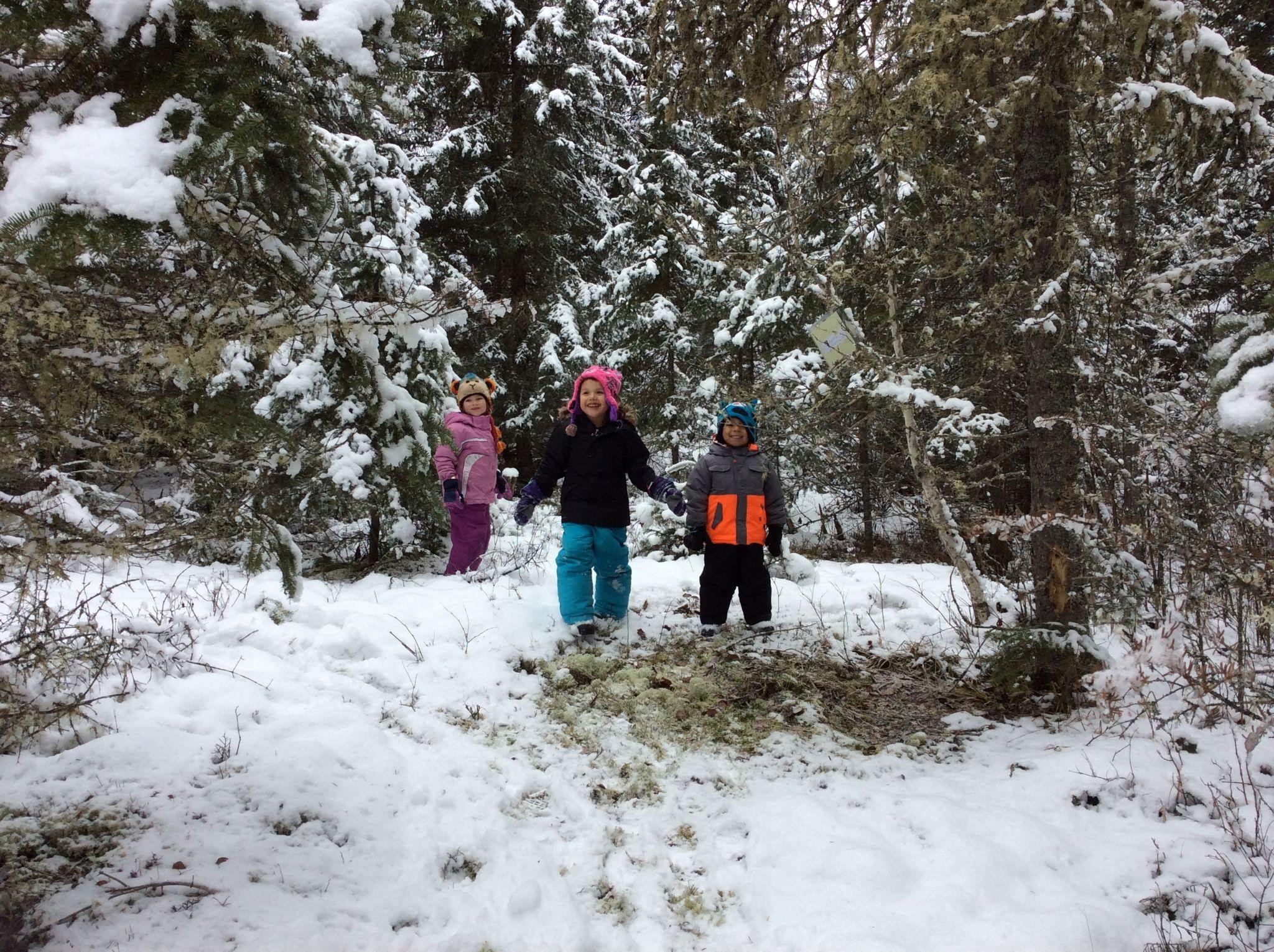
Rethinking Ways of Learning
While the pandemic left the education system little choice but to substitute virtual learning for face-to-face learning over the past year and a half, there is concern for how this might shape the future of education. In today’s fast-changing world, more parents and educators are forced to outsource learning and storytelling to screens. Screen-based learning will only become a more integrated part of children’s lives going forward. How do we create learning experiences that help children "walk two worlds"? Rather than discouraging them from embracing technology-based learning, what if we empowered them instead, by helping them become more deeply rooted in their lived experiences and the natural world that shapes it?
Learning for the future is intricately linked to learning from our past. When we turn to the ancient and ongoing wisdom traditions of local Indigenous Peoples, how they learn and where they learn – in culturally specific ways, on the land – we can begin to rethink what it means for a child in the 21st century to be educated. There is no word for “environment” in Anishinaabemowin, the native language of the land we now know as Toronto. Without a respectful encounter with Indigenous perspectives – a glimpse into what has been lost through the residential experience – how can we expect our children (and other adults) to genuinely care about Truth and Reconciliation? A recent study discovered that people who feel more connected to the natural world are more likely to support reconciliation, which, “from an Indigenous perspective, includes reconciling with the land” (TRC, 2015). Creating opportunities for all children to engage with perspectives and communities from a worldview in which the self is inseparable from the land, then, is a tangible entry point for Truth and Reconciliation. Moving beyond conventional methods of eco-parenting and education will be an important step in helping future generations develop a more holistic vision of reconciliation.
Reconciliation between Aboriginal and non-Aboriginal Canadians, from an Aboriginal perspective, also requires reconciliation with the natural world. If human beings resolve problems between themselves but continue to destroy the natural world, then reconciliation remains incomplete.
– Truth and Reconciliation Commission of Canada’s Final Report, 2015
Rethinking How We Live the Stories We Tell
So often we tell stories to children in hopes of shaping who they become and how they should “be” in the world. What if we, as parents and educators, lived this story instead? A recent study which surveyed 10,000 children and youth in 10 countries on their perspectives on the rising climate-related mental health risks, found that more than 50% felt depressed or hopeless about their futures. A growing epidemic of despair in young people will change eco-education by necessity, one which forces us to reconsider the role we play in our collective story, today. Adults who demonstrate their own deep relationships to the land are role models for their learners. Research affirms the lasting impact of this – time spent outside in the company of an environmentally aware adult most strongly predicts later environmental attitudes and behaviours, than the acquisition of content knowledge (Chawla, 2009). Children are tired of hearing that "they are the future." All over the world, they are marching to the streets to fight for an education that equips them for their future. We won’t stop inspiring children through stories that are centred around their relationship with the land. But if we want them to believe and trust us to help them along the way, we as adults need to first live that story, to model it for future generations.
Lasting Connections
All year round, Natural Curiosity and Take Me Outside are dedicated to helping educators, including parents, and children get outside and form lasting connections to the natural world in the spirit of Truth and Reconciliation. For more rethinking and relearning, check out:
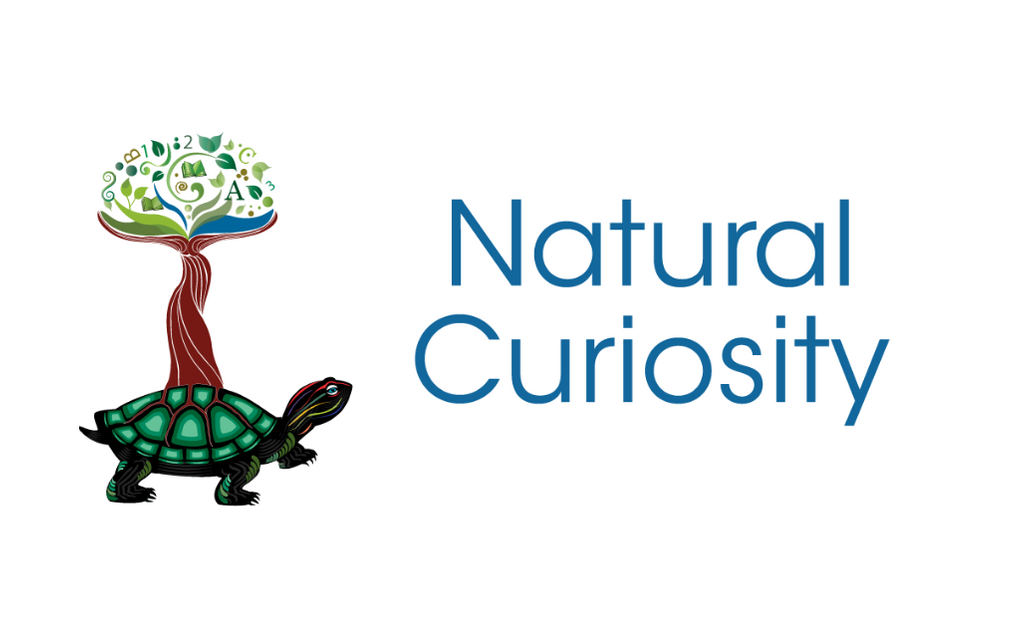 Natural Curiosity (naturalcuriosity.ca, Social media: Twitter, Facebook, Instagram, YouTube, Pinterest)
Natural Curiosity (naturalcuriosity.ca, Social media: Twitter, Facebook, Instagram, YouTube, Pinterest)
Learn more about Natural Curiosity through their bestselling book, Natural Curiosity 2nd Edition: The Importance of Indigenous Perspectives in Children’s Environmental Inquiry, used as a mentor text by tens of thousands of educators and schools across Turtle Island.
For additional resources focused on supporting Indigenous and land-based learning, check out their recent Truth & Reconciliation newsletter.
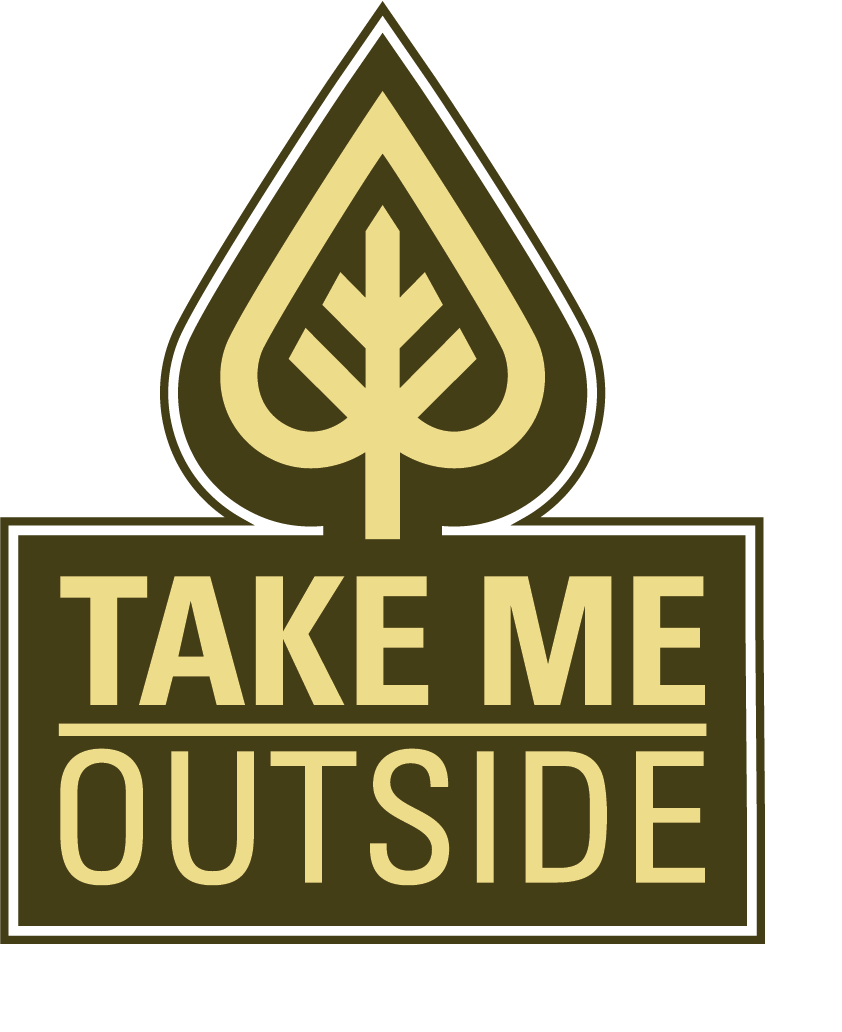 Take Me Outside (takemeoutside.ca, Social media: Twitter, Facebook, Instagram, YouTube)
Take Me Outside (takemeoutside.ca, Social media: Twitter, Facebook, Instagram, YouTube)
Join us for Take Me Outside Day, an annual day dedicated to raising awareness about outdoor learning! This year, Take Me Outside Day will include a full week of activities, events, and entertainment that you can engage your students in throughout October 18-22, with an extra special schedule on October 20, 2021.
Colin Harris, Founder and Executive Director of Take Me Outside, has launched his new bestselling book Take Me Outside: Running Across the Canadian Landscape that Shapes Us. Get your copy today!
You may also enjoy: Supporting Your Child's Environmental Activism, Seeing the Forest for the Trees, and No Small Thing: Parenting and Child Advocacy.



